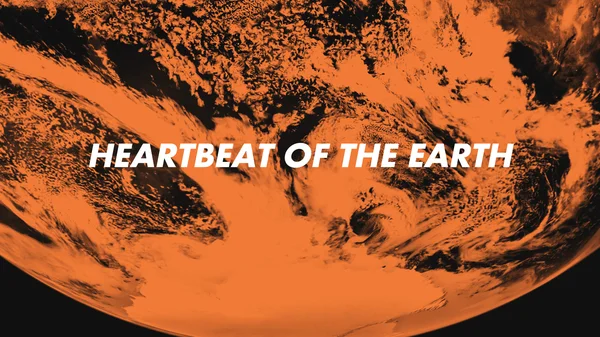 Explore environmental data that cannot be seen with the naked eye through 3D data sculptures.
Explore environmental data that cannot be seen with the naked eye through 3D data sculptures.
Explore 4 invisible environmental issues with WHO
 Explore environmental data that cannot be seen with the naked eye through 3D data sculptures.
Explore environmental data that cannot be seen with the naked eye through 3D data sculptures.
 Explore environmental data that cannot be seen with the naked eye through 3D data sculptures.
Explore environmental data that cannot be seen with the naked eye through 3D data sculptures.
On December 22, the world’s biggest and most powerful space science telescope will launch from Kourou, French Guiana, providing an unprecedented glimpse of our universe. NASA’s James Webb Space Telescope, a partnership with the European and Canadian space agencies, will study every phase of cosmic history — from within our solar system to distant galaxies in the early universe. As an infrared telescope — using infrared light to detect celestial bodies — Webb’s scientific explorations will help us better understand the origins of the universe and our place in it.
After launch, the telescope will unfold into its final shape. This process takes about two weeks. By a month after launch, the telescope will reach its extra-terrestrial destination a million miles from Earth. The telescope must then cool down in the shade of its sunshield, down to its cryogenic operating temperatures, under 50 Kelvin (-370 °F). The mirrors will be precisely aligned and the instruments calibrated. Approximately six months after launch, we’ll be ready for the telescope to capture images of space that we’ve never seen before.
According to Mike Menzel, lead NASA mission systems engineer for the telescope, “Webb is a first-and one-of-its-kind space telescope designed to detect the first galaxies that formed in our universe, observe how galaxies evolve over cosmic time, study the formation of stars and solar systems, and perform detailed observations of planets around other stars. It has been my privilege to be part of this team for the last 24 years. It is my sincere hope that I can someday say that I worked on the space telescope that detected the first-light galaxies, or detected the building blocks of life on a planet around another star. It is also my hope and expectation that this world-class facility will detect some cosmic phenomenon that is totally new and unexpected, which opens up a whole new field of astronomical research. If past history of space observatories, such as Hubble, are anything to go by, there is a very, very good chance of this.”
We hope you follow along on NASA’s Google Arts & Culture page, where we’ll be periodically sharing new stories and images from the telescope’s discoveries. And until then… check out 10 things to know about the James Webb Space Telescope and enjoy the 3D model!
What is love? Do I have free will? Is there anybody out there?
These are some of life’s universal questions—questions that many of us, in fact, may bring to Google Search. And while Search can help us get started, we were curious to see what would happen if we brought in performing and visual artists in the UK.
Google Arts & Culture teamed up with BBC Arts to produce “You Asked, Art Answered,” our first collaboration with the BBC. In an unconventional pairing of Search Trends with art, six UK artists from different fields, including the visual arts, poetry and choreography, chose one question and created an imaginative short film to illustrate their response.The artists also delved into our partners’ virtual collections on Google Arts & Culture and, using our search tools like Themes, Mediums and Historical Figures, each choose six artworks that correspond to their question. With images ranging from Picasso to Daffy Duck, Andy Holden hopes we might learn something new about the meaning of love. Sarah Maple, enlightening us about British identity, opted for a photo of the Queen laughing and Sarah Lucas’s “Self Portrait with Fried Eggs.” You can explore their selections, and read exclusive interviews with each artist, on our website. Watch the full films on BBC Arts.